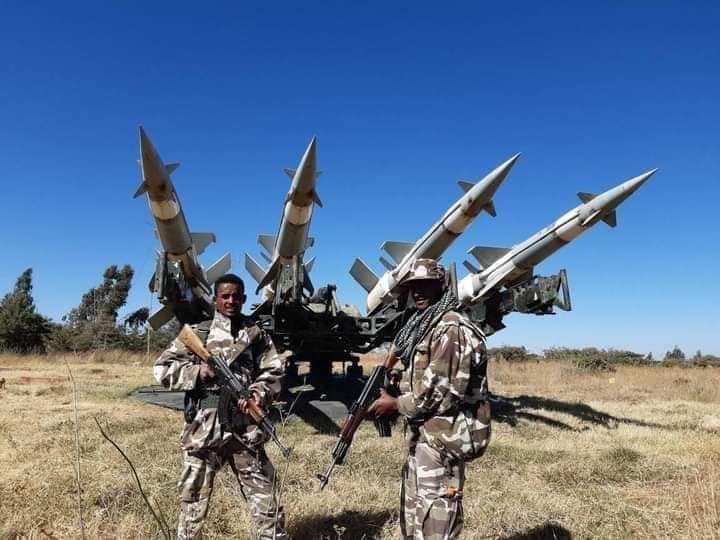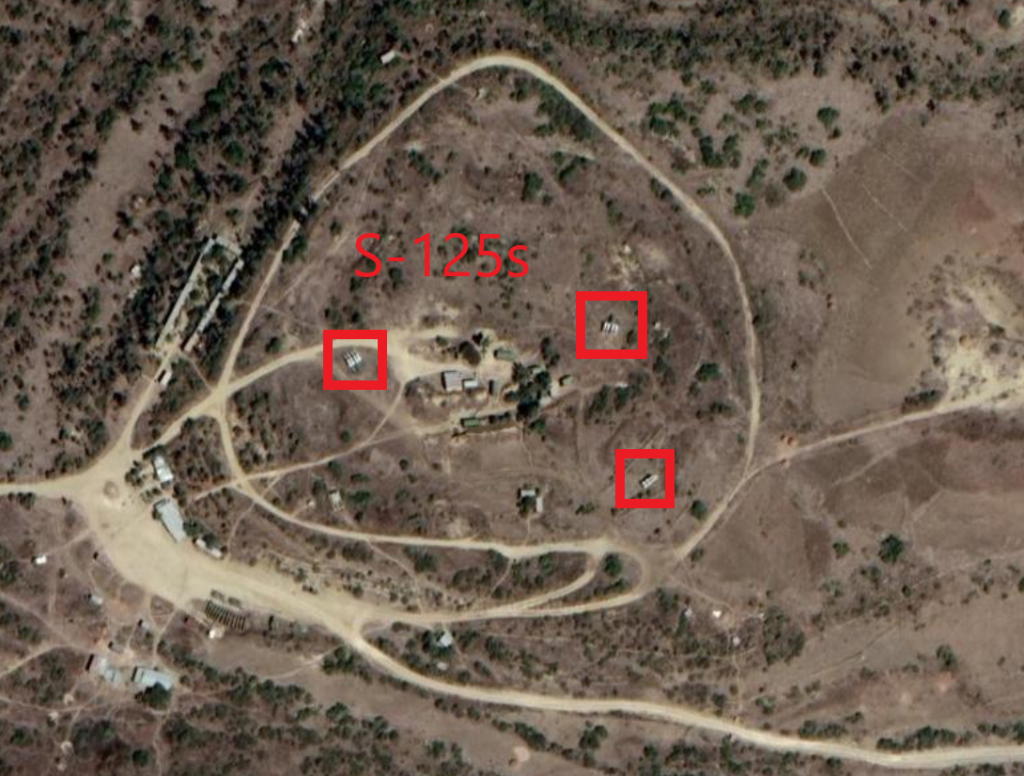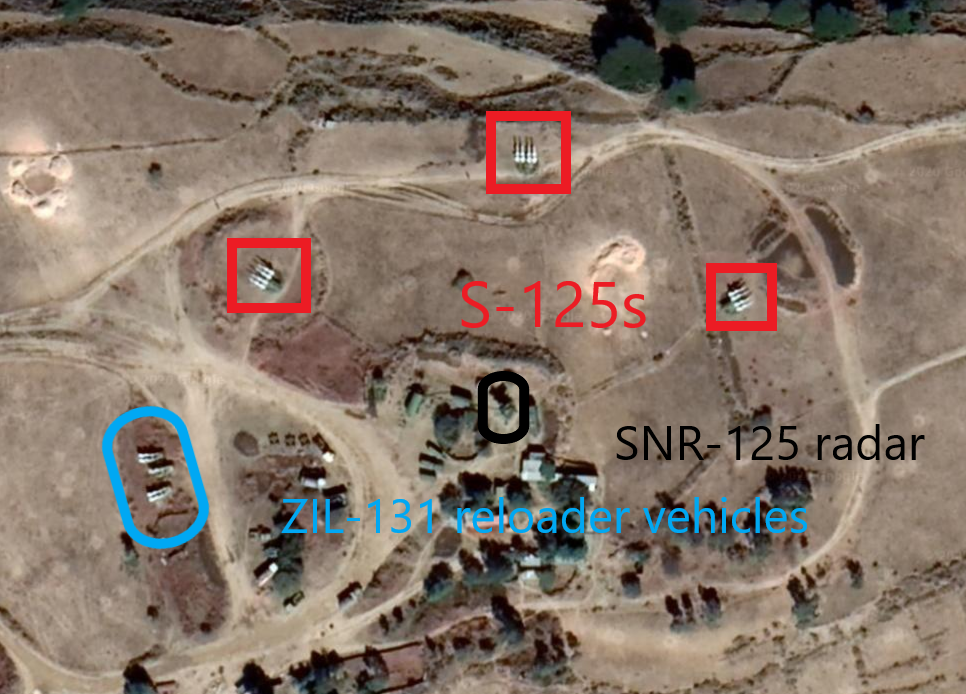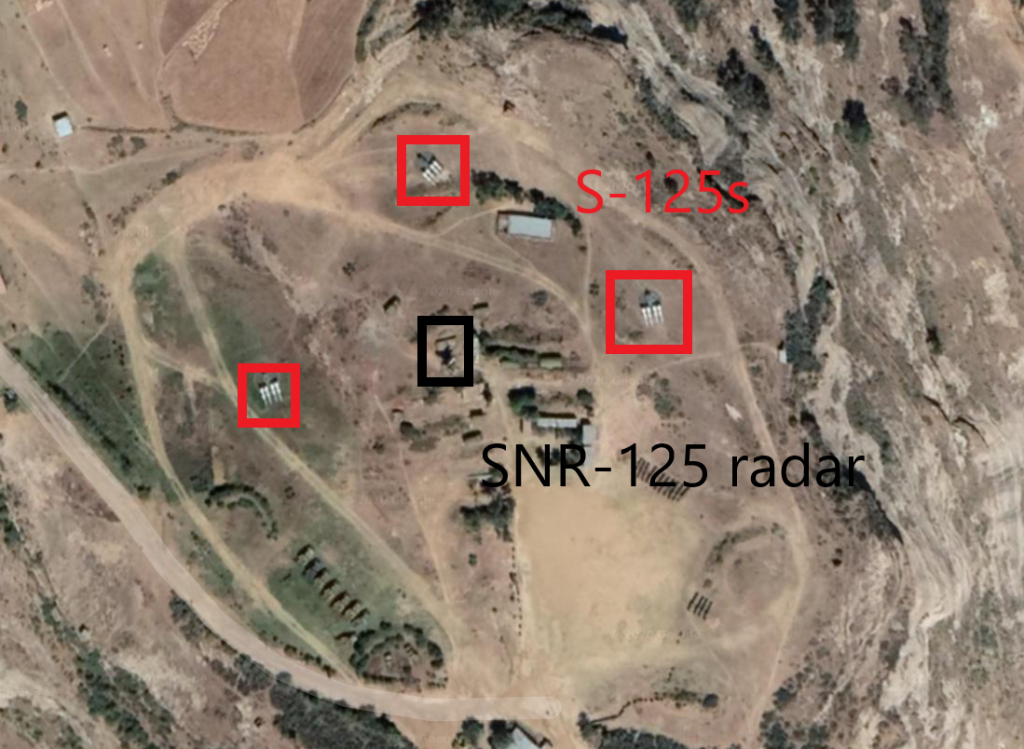Tigray Forces Seize Air Defense Sites in Embattled Ethiopian Region
Ethnic Tigray fighters have seized control over at least four air defense sites in Ethiopia’s Tigray region as fighting erupted last week. As fighting intensifies in north-western Ethiopia, Tigray fighters have achieved a major success with the securing of at least four air defense sites around vital parts of the region.

As the Tigray People’s Liberation Front does not have an air force, the capture of these systems is their only defense against the rather small Ethiopian Air Force. The Ethiopian Air Force’s main jets are MiG-23s and Su-27s, both aging aircraft, but still dangerous. Last Friday, Ethiopian Prime Minister Abiy Ahmed claimed that airstrikes have taken place against “rockets and other heavy weapons” which destroyed them completely. But Tigray sources were quick to release images of Tigray special forces in front of an S-125 battery.

This S-125 is part of a battery which protects Mekelle airport from attack. It and its partner to the north may have already shot down aircraft if a (notoriously unreliable) high-ranking TPLF figure is to be believed.

The Tigray forces have both launchers, radar, and plenty of extra rockets for their newly-acquired systems. If the Ethiopian Air Force can not run Suppression of Enemy Air Defence (SEAD) missions to destroy these batteries then it puts the possibility of effective Ethiopian air support in question. The Ethiopian Air Force is in a situation where if even one jet is shot down, then their capabilities take a serious hit. With only 24 warplanes in regular service, regularly losing jets is something that can absolutely not be afforded.


Ultimately, federal forces may face serious problems in a conflict that has supposedly already led to the deaths of hundreds of fighters. Time will tell if the Ethiopian Air Force is going to be able to effectively operate with such systems in place, or if they can brush them aside with SEAD missions and then proceed to run CAS missions.
